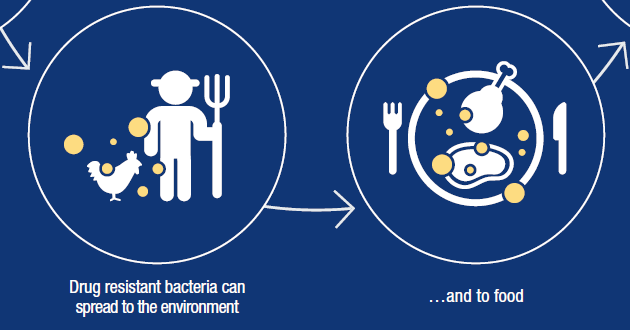Research
Antimicrobial Resistance

Study background
Antimicrobial resistance (AMR) is the ability of a microbe to resist the effects of medication that once could successfully treat the microbe.
Identifying and controlling the emergence of AMR is a high priority for researchers and public health officials. One critical component of this control effort is timely detection of emerging or increasing resistance using surveillance programs. Currently, detection of temporal changes in AMR relies mainly on analysis of the proportion of resistant isolates based on the dichotomization of minimum inhibitory concentration (MIC) values.
Statistical modeling
In our work, we developed a hierarchical Bayesian latent class mixture model with censorship for detection of linear temporal changes in antibiotic resistance. Implementation of this model to the analysis of minimum inhibitory concentration (MIC) dataset would provide surveillance programs with a more complete picture of the changes in AMR over years by exploring the patterns of the mean resistance level in the non-resistant population. The model could therefore serve as a timely indicator of a need for antibiotic intervention before an outbreak of resistance, highlighting the relevance of this work for public health.